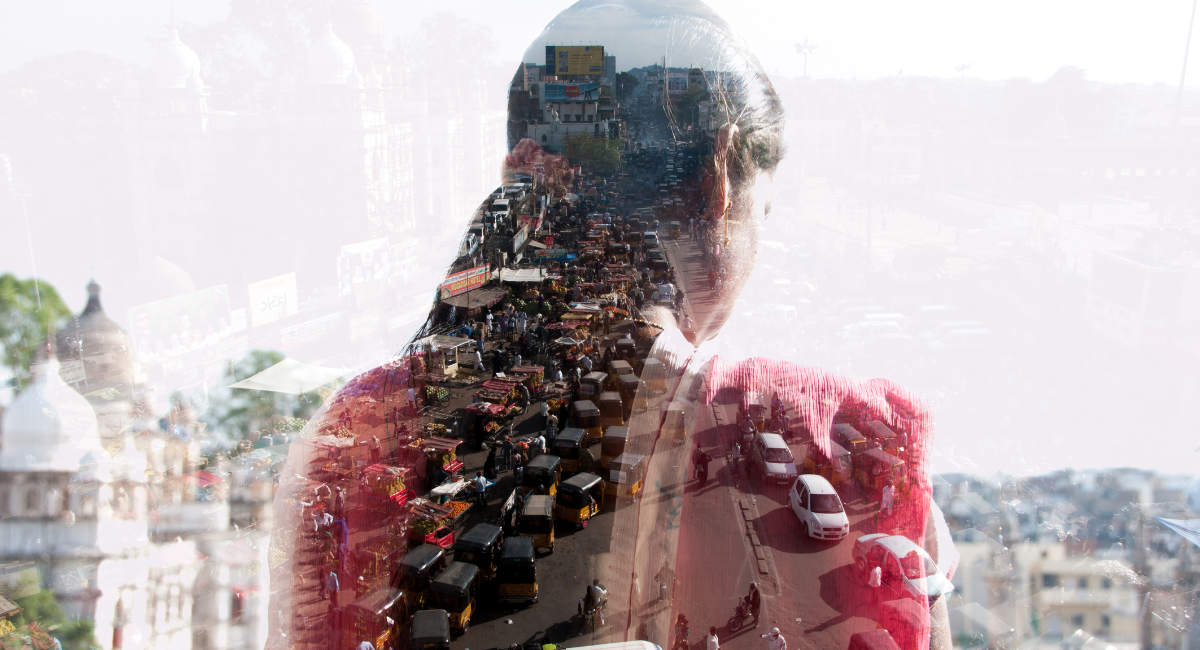A mass sterilization camp outside of Hyderabad in India has resulted in the deaths of four women. Even more disturbing is the discovery that sterilization camps like these are common in the nation.
The sterilization camp was created by the community health centre (CHC) at Ibrahimpatnam of Ranga Reddy district near Hyderabad on August 25, according to Indian health officials. Four women — Mylaram Sushma, N Mamatha, Mounika, and Avutharam Lavanya — died of complications of their sterilizations. All four women were in their 20s.
“The condition of the remaining women is stable. Seven of them have been shifted to Hyderabad for better treatment,” G Srinivasa Rao, Telangana Director of Public Health, told reporters. Currently, the medical superintendent of Ibrahimpatnam CHC has been placed under a lifetime suspension, while the surgeons responsible are under temporary suspension; after an investigation is completed, that suspension could become permanent.
And yet despite this horror, Rao admitted these sterilization camps are not unusual.
“Experienced doctors perform double-puncture laparoscopy (DPL), tubectomy and vasectomy surgeries,” he said. “Very rarely such incidents of botched up surgeries take place. We shall disclose the exact reasons how the women developed complications.”
Yet by his own admission, there were more than just four deaths; seven more experienced complications. That means out of 34 women, 11 were injured or killed in the sterilization attempt — approximately one-third. But Rao merely continued to defend the procedures. “The [DPL] surgery is preferred over other sterilisation techniques because it is highly acceptable among patients as they can get discharged on the same day and can resume their activities immediately,” he said.
Women in India, particularly women living in poverty, are under immense pressure to undergo sterilization. Women working in sugar cane fields, for example, often don’t have access to proper sanitary pads, which leads to infections, which means they cannot work. If they cannot work, they are fined. The contractors who employ the women give them an advance to be sterilized, making the pressure even greater.
More than half of India’s population lives below the poverty line, as defined by the World Bank, while 21% have to survive on less than $2.50 a day.








